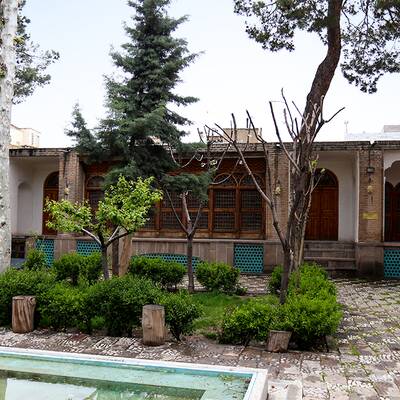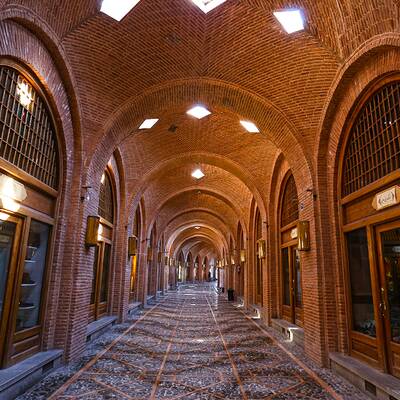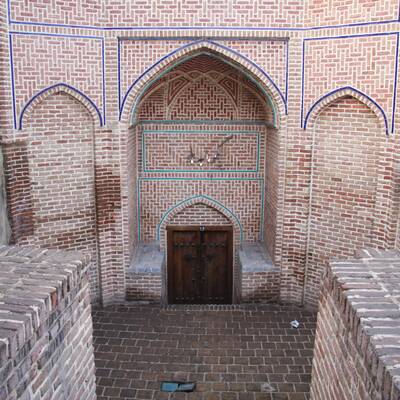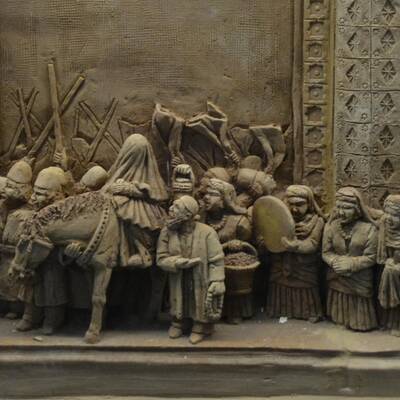The Qazvin Museum of Ethnography was established in 1379 SH through purchasing and restoring Qajar bathhouse. This bath-museum is located in the old texture of the city in Ubayd Zakani street.
There is no standing sample of a public bath from the early Islamic period, although there are many public baths all around Iran from Safavid and Qajar periods. One of the cities where embraces many old baths is Qazvin. Interesting among the pre-Safavid baths in this city is Qajar bath. It was established in 1057 AH in Qazvin by the order of Shah Abbas II and was then called Shahi Bath; the date of constructing this building has been inscribed in a poem: “The king built a bath out of his favor/ that is considered to be elegance by every master; when one comes out of the bath/ the date is Sehhat-e Afiat (that means he becomes healthy after taking a bath in here)” Sehhat-e Afiat is equal to 1057 AH according to Abjad letters. The area of Qajar bath is 1045 square meters and, like other old baths in Iran, it includes three parts of Sarbineh or changing room, Miandar and hothouse in two separated men and women sections. The decorations of bath include tiling, Rasmi Bandi (one of the decorations in the traditional architecture of Iran where some intersectional lines form sections to be filled by other decorations like tiling, brickworks, etc.), and Yazdi Bandi most of which are dome-like coverages that serve also for lighting in addition to air circulation.
Qajar Museum of Ethnography is divided into three sectors of tribes, costumes and occupations. The tribes’ part is located in Sarbineh where different tribes like Taat (an Iranian tribe in the north line of Iran), Maraqi (one of Taat dialects that is common in Qazvin and Almut), Kord, Lor and Turk are exhibited. The second part, in Miandar, shows the national and religious rituals like Sizdah Bedar, Panjah Bedar (one of Qazvin rituals for celebrating the spring) and mourning ceremony for Imam Hossein. The third part of the museum devoted to occupations is placed in the hothouse where some occupations like traditional forging, writing prayers, wool combing and bloodletting, etc. are exhibited using sculptures in different positions.




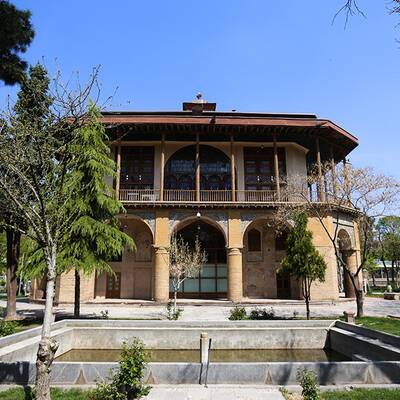
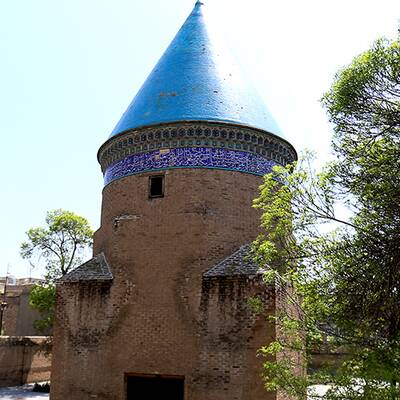
.jpg)
